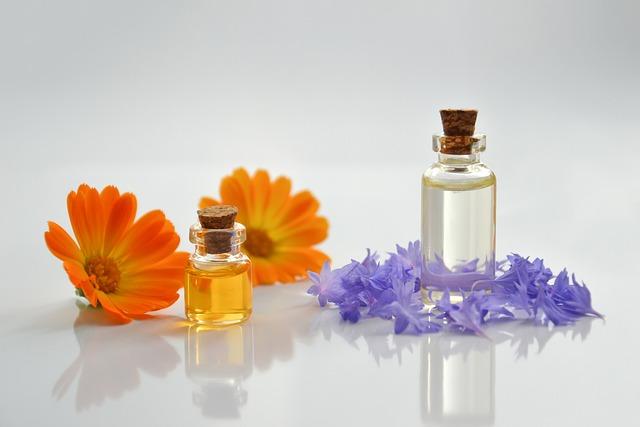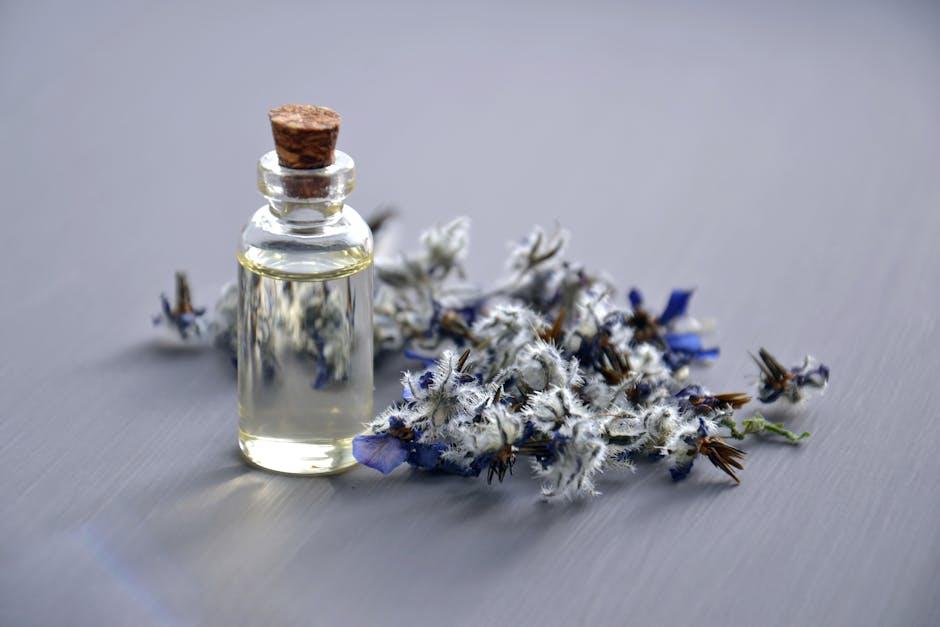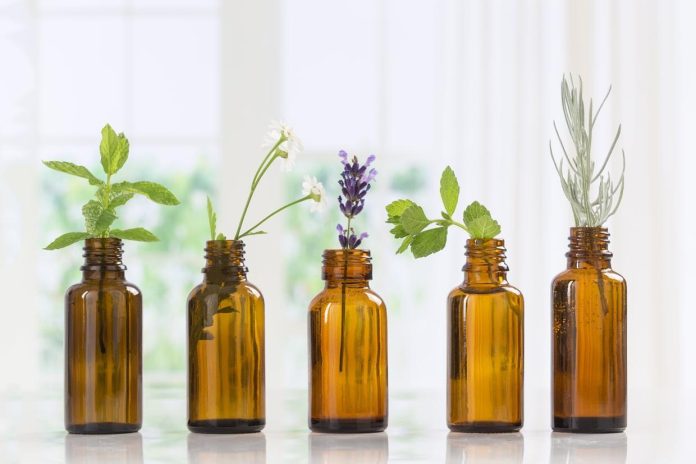In the world of wellness, where ancient traditions meet modern science, essential oils have carved a niche that is both aromatic and controversial. As small vials of these potent plant extracts find their way into homes and health stores, they carry with them promises of healing that range from the mundane to the miraculous. But beyond the soothing scents and appealing allure, a question lingers: Are essential oils truly effective for healing, or are they merely fragrant fantasies? In this exploration, we will unravel the history, science, and skepticism surrounding essential oils, venturing into a realm where nature’s essence meets human inquiry. Whether you’re a seasoned enthusiast or a curious skeptic, join us as we delve into the heart of this aromatic enigma, seeking clarity amidst the clouds of diffused doubt.
Exploring the Science Behind Essential Oils
In recent years, essential oils have garnered attention not just from the wellness community but also from scientists curious about their potential healing properties. These fragrant extracts are believed to contain natural compounds that interact with the body in various ways. Limonene, found in citrus oils, is noted for its potential anti-inflammatory effects, while linalool, present in lavender, is often associated with relaxation and stress reduction. However, the scientific community remains divided on the extent of their effectiveness, urging for more comprehensive studies to establish concrete benefits.
- Antimicrobial Properties: Certain oils like tea tree and eucalyptus are praised for their ability to fight bacteria and fungi.
- Mood Enhancement: Aromatherapy using essential oils such as peppermint and bergamot is popular for improving mood and alleviating anxiety.
- Skin Care: Oils like chamomile and sandalwood are commonly used in skincare routines for their soothing effects.
While anecdotal evidence and some preliminary studies suggest potential benefits, it is essential to approach these natural remedies with a discerning eye. Ensuring proper use and understanding individual reactions is crucial, as the potency and purity of essential oils can vary significantly.

Understanding the Role of Essential Oils in Modern Medicine
In the ever-evolving landscape of modern medicine, the inclusion of essential oils has sparked a dialogue about their true efficacy in healing. These aromatic extracts, derived from plants, have been traditionally used in various cultures for their purported therapeutic properties. However, as we delve deeper into their potential roles in contemporary healthcare, it’s crucial to discern anecdotal benefits from scientifically proven effects. Essential oils such as lavender, tea tree, and peppermint have been studied for their antimicrobial, anti-inflammatory, and calming properties. Yet, the question remains: how effective are they in clinical settings compared to conventional treatments?
Several factors contribute to the effectiveness of essential oils in healing:
- Quality and Purity: The therapeutic potential of essential oils heavily depends on their purity. Adulterated or synthetic versions may not offer the same benefits.
- Application Method: Whether inhaled, applied topically, or used in aromatherapy, the method of application can influence their effectiveness.
- Scientific Backing: While some oils have been supported by research, others lack substantial scientific evidence, highlighting the need for more rigorous studies.
While essential oils are not a panacea, they offer a complementary approach that can be integrated into holistic treatment plans. As ongoing research sheds light on their mechanisms and potential, healthcare providers and patients alike should approach their use with informed discernment and cautious optimism.

Evaluating the Efficacy of Essential Oils for Common Ailments
Exploring the therapeutic potential of essential oils has gained significant attention in recent years. These concentrated plant extracts are believed to offer a range of benefits, from soothing stress to alleviating physical discomfort. Yet, the question remains: how effective are they truly? Several studies have aimed to assess their efficacy, often focusing on popular oils like lavender, peppermint, and eucalyptus. While some research suggests positive outcomes, the results can be mixed, with factors such as purity, application method, and individual response playing crucial roles.
- Lavender: Often touted for its calming properties, lavender oil is frequently used to reduce anxiety and improve sleep quality.
- Peppermint: Known for its invigorating scent, peppermint oil is used to relieve headaches and improve focus.
- Eucalyptus: This oil is commonly employed to support respiratory health and ease congestion.
Despite the anecdotal support and some promising studies, it’s important to approach essential oils with a balanced perspective. While they can complement traditional treatments, they should not replace professional medical advice. As with any alternative therapy, individual experiences can vary, highlighting the importance of personalized approaches and ongoing research.

Practical Tips for Safely Using Essential Oils in Daily Life
When incorporating essential oils into your daily routine, safety should always be a priority. Here are some practical tips to ensure you enjoy their benefits without any unwanted side effects:
- Patch Test First: Before applying any new oil, conduct a patch test on a small area of your skin to check for allergic reactions or irritation.
- Use a Carrier Oil: Essential oils are potent and should be diluted with a carrier oil such as coconut, jojoba, or almond oil to prevent skin sensitivity.
- Mind the Dosage: A few drops can go a long way. Avoid using excessive amounts to reduce the risk of adverse effects.
- Proper Storage: Store oils in a cool, dark place to maintain their efficacy and prevent degradation.
- Avoid Ingestion: Unless under the guidance of a qualified professional, do not ingest essential oils as they can be toxic.
- Consult a Professional: If you have underlying health conditions or are pregnant, always consult with a healthcare provider before use.
By following these guidelines, you can harness the therapeutic potential of essential oils while ensuring your safety and well-being.
The Conclusion
As we close the aromatic chapter on the exploration of essential oils and their healing potential, we find ourselves at the crossroads of tradition and science. The allure of these fragrant elixirs, steeped in history and enveloped in mystery, continues to captivate those in search of natural remedies. Yet, the path to understanding their true efficacy is as layered as the oils themselves, requiring a blend of open-mindedness and critical inquiry.
While some swear by the soothing embrace of lavender or the invigorating touch of peppermint, others remain skeptics, demanding more rigorous scientific validation. The truth may well lie in the balance, where personal experience meets empirical evidence. As we navigate this fragrant frontier, it is essential to remain informed, curious, and cautious, acknowledging both the potential benefits and limitations.
Whether you choose to embrace these botanical wonders or view them with a discerning eye, the story of essential oils invites us to ponder the broader relationship between nature and healing. In this ongoing dialogue, let us remain both explorers and questioners, ever mindful of the rich tapestry of knowledge that awaits just beyond the horizon.


































